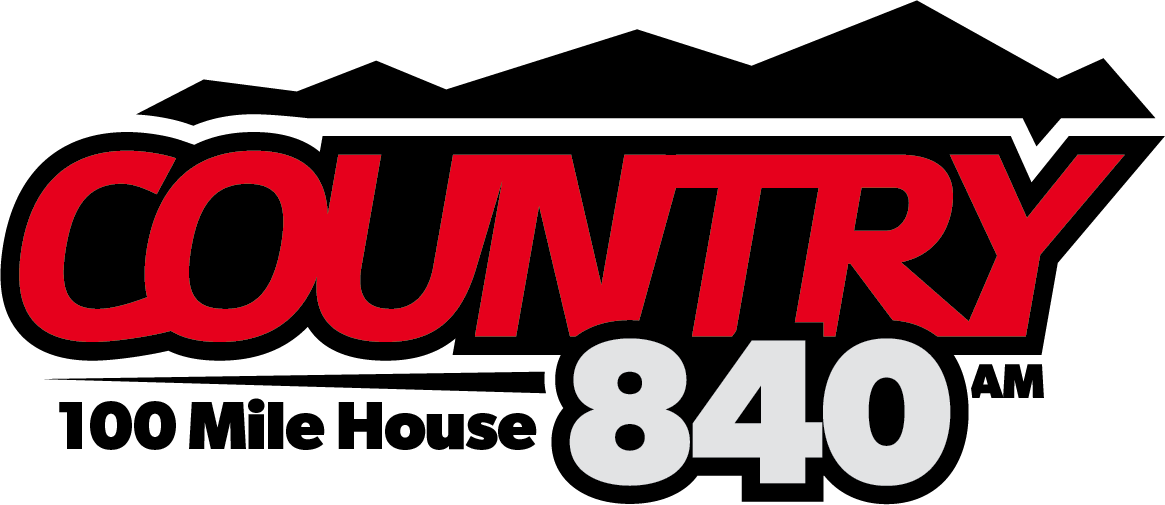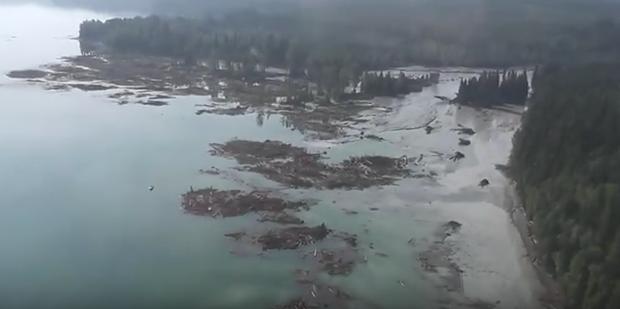The Chief Inspector of Mines says he will not be recommending charges to Crown Counsel after releasing his findings and recommendations from his investigation into the 2014 tailings storage failure at the Mt. Polley Mine.
Al Hoffman says although the failure was geotechnical, the mine failed to operate using best available practices.
“My report describes how a mistaken belief in the foundation characteristics led to a design of a dam that was inadequate for its’ location,” Hoffman said.
“This was due in part to the absence of foundation investigation standards of practice available to the designers, an ongoing mistaken belief in the foundation conditions, and misplaced faith in the calculated factor of safety.”
Hoffman says despite this, weak practices do not constitute a legal contravention.
“As normal practice in these investigations, I sought legal advice,” he said.
“It is my opinion that there is not sufficient information to indicate a contravention of the existing regulatory requirements. A sub-excavation of the tow and over steepen slope were in general performance with the design and there were no regulatory requirements for foundation characterization and beach design parameters for surplus water.”
Hoffman goes on to say that an adequate water management plan at Mt Polley was not in place.
“The mine failed in its’ management of the water balance in respect to long term planning and site integration. No single individual was responsible for the water balance and Mt. Polley did not adequately characterize the risk of surplus water. Qualified professional design and a qualified individual to oversee water balance and a water management plan are necessary to anticipate site conditions.”
Harvey McLeod, Principle from Klhohn Crippen Berger says there were some opportunities to identify the clay layer that led to the dam’s failure
“In the initial feasibility study for the structure, there was a drill hole drilled in 1989. It was an exploration drill hole. It would have gone through the upper glaco-lacustrine level unit but it was a diamond drill hole which isn’t suitable for sampling soils,” Berger said.
“The next opportunity for assessing whether or not there could be clay layers came in 1996 when they installed a groundwater monitoring well. And at that, the Ministry of Mines queried the engineer record and the engineer record looked at and said these layers are thin and are not a concern for the dam.”
“The next opportunity was in 2011 when a new engineer record came on and they also carried out a site investigation program…these holes were drilled one to the east of the breach area and another one to the west. Ironically enough this particular hole was planned to be drilled in the breach area, but it was moved because they had an access ramp there and they were concerned of rocks falling on the instrumentation so they moved it about 300 meters to the west.”
19 recommendations in seven categories were made in Hoffman’s report including:
- All mines with TSFs will be required to have a designated mine dam safety manager
- Independent technical review boards will be required for all mines with TSFs.
- Establish a dedicated investigation, compliance and enforcement team within the Ministry of Energy and Mines lead by a new deputy chief inspector of mines. This team will provide additional support and oversight of existing ministry investigation, compliance and enforcement functions.
- To strengthen records management and improve openness and transparency around design, construction, and operation, government will establish a formal documentation management system for all TSFs from development to post-closure.
- Foster innovations in the mining sector that improve current technologies in tailings processing, dewatering and discharge water treatment.
Hoffman’s investigative team conducted approximately 100 interviews and reviewed over 100,000 pages of documents going back to 1989 for the report.
The BC Conservation Officer Service is still conducting their own independent investigation into the August 4th incident.




